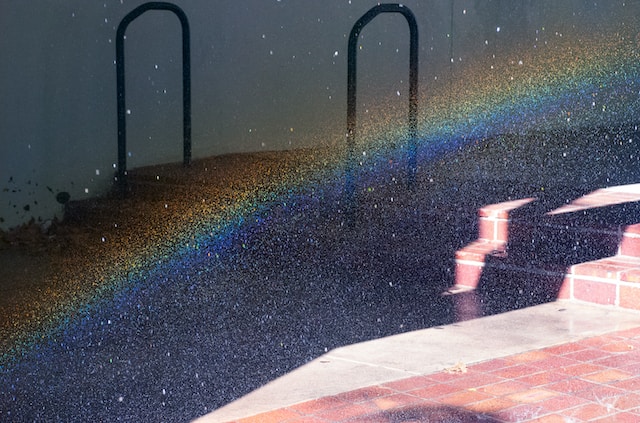Unless you’re living in a new home, your plumbing system needs to be updated. If you encounter recurring problems like clogged drains, it’s time to call for help.
Most buried pipes are difficult to inspect, so it can be easy to miss the warning signs until it’s too late.
Unpleasant Smells
If your sink smells like sewage, it could mean your pipes or drain are hosting bacteria. The smell comes from hydrogen sulfide, produced by bacteria in the drain and the pipe that holds water. When the water is turned on, the gas is forced into your sink, odorizing the room.
Musty odors from a sink or drain indicate mold and mildew growing inside your pipes and sink. These fungi thrive in warm, dark, damp areas like drains. Breathing in these spores can cause respiratory problems and other health issues.
The smell can also be caused by a clogged vent pipe, which vents sewer gases outside. It can get clogged with snow, and rodents and birds may build nests near the opening.
Bubbling and Gurgling Sounds
A gurgling sound from your sink typically shows a blocked drain. However, if the gurgling is occurring more often and is becoming louder over time, it may be time to call your local plumber.
NFPA codes require underground firewater piping Southern Californias with post-indicator valves. These devices allow responding firefighters to easily shut off the water supply in case of a building collapse or other incidents.
Besides the standard copper piping, NFPA approves ductile iron and HDPE plastic piping in underground fire water systems. The piping materials used are based on factors like soil corrosion potential.
Slow Flush Toilets
If your toilet doesn’t flush properly, it can lead to water wastage and high water utility bills. This problem typically stems from the drain or water supply system needing to be fixed.
The clog in the drain line can be dislodged with a plunger (just like the S trap clogs above). If it’s further down in the system, a plumber must use a snake to remove it.
Another possible reason for a slow flush is the low water in the tank. To check this, lift the tank cover and ensure the water level is at least an inch above the overflow pipe. If not, you can raise the tank water by bending the float arm or using the refill valve adjustment screw.
Discolored Water
If you notice discolored water that is yellow, brown, or rust-colored:
Seeing this color in your home usually indicates a problem with the plumbing within your house. It may indicate that your galvanized iron pipes are rusting or breaking down and that you need to replace them.
Discolored water can also be caused by a sudden change in your neighborhood’s water flow, causing natural sediments inside the pipeline to be stirred up. This could be due to planned maintenance in your area or a nearby hydrant used for firefighting.
In this situation, run your cold water faucet for a few minutes to flush out the internal plumbing and flush toilets twice.
Leaks
Pipe leaks can happen anywhere worldwide, but they’re harder to spot when your pipes are buried underground. Getting to them requires digging trenches and then repairing the pipe itself. It’s a messy job that’s expensive too.
Corrosion often triggers leaking pipe problems in fire protection systems. Metals like ductile iron and steel are susceptible to rusting, causing pinhole leaks and gunk build-up. The problem is worse in underground firewater piping, where water flows under pressure.
One tool that helps inspectors find the source of a leak is ground-penetrating radar (GPR). GPR uses radio waves to create images of the earth beneath, making it possible to pinpoint leak locations without unearthing the pipe. This equipment also detects the presence of hydrocarbons that can indicate a gas leak.



